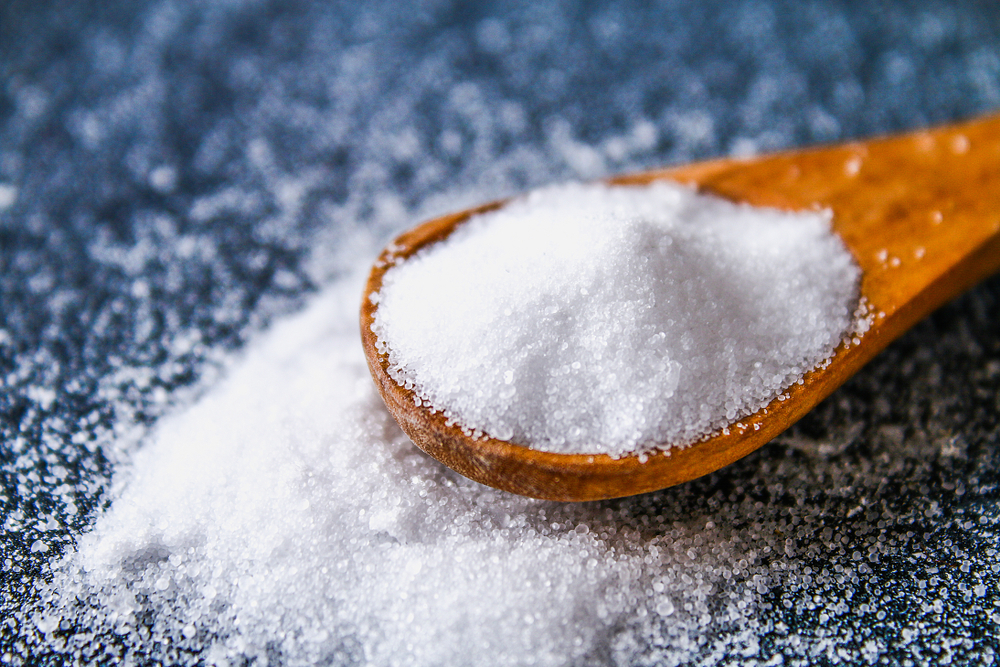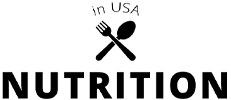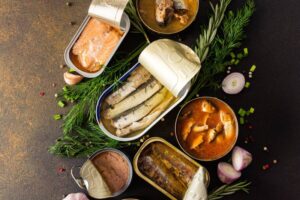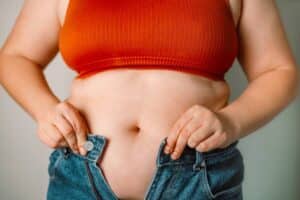
4. Salt
As the seas are getting more and more polluted with microplastics, it’s no wonder that sea salt is often contaminated. Several studies have shown that 2.2 pounds (1kg) of sea salt can contain more than 600 microplastics.
But that’s not all, unfortunately. Even normal table salt contains microplastics, per a recent study that discovered that 36 of the 39 brands examined contained plastic. However, the abundance did vary, with salts in Asia (especially Indonesia) being significantly higher in plastic fibers. That’s because Indonesia has some of the highest levels of plastic pollution in the world.
In order to avoid microplastics in salt, make sure you choose a high-quality brand of rock salt that has been around before pollution started to become a dangerous thing for us. Just think that you use that salt when you cook, so if yours contains microplastics, your meals will turn into foods that contain plastic too.
Pink Himalayan rock salt is believed to have been formed 700 million years ago, which makes it a safe choice as long as you choose a high-quality brand that hasn’t changed the ingredient in any way.
Keep reading to discover other foods that contain plastic!








4 thoughts on “8 Common Foods That Contain Plastic”
Microplastics are everywhere. Reducing our daily consumption is likely futile, you will ingest microplastics. Every breath you take, every bite of food, and everything you drink has microplastics. Your reusable plastic water bottle sheds microplastics. That said, plastics are a vital part of our modern life. There are no alternatives right now. Without plastics healthcare would be very different. Single use disposable everything provides the best barrier to pathogens. Just try to live a day in our world without plastics.
I’ve read recently that close to 90% of cans are no longer lined with BPA. Of course other plastic-related products are used.
Also, not all filters will remove microplastics.
This is one of the most ignorant articles I’ve read in some time. Mastery of buzzwords without ANY actual knowledge is a sad and dangerous thing.
What good is it to show how dangerous and truly unhealthy are food products are if low income and average income status people cannot afford the alternative, which is of course organic and whole foods which are beyond our pay grades??? PLEASE RESPOND!